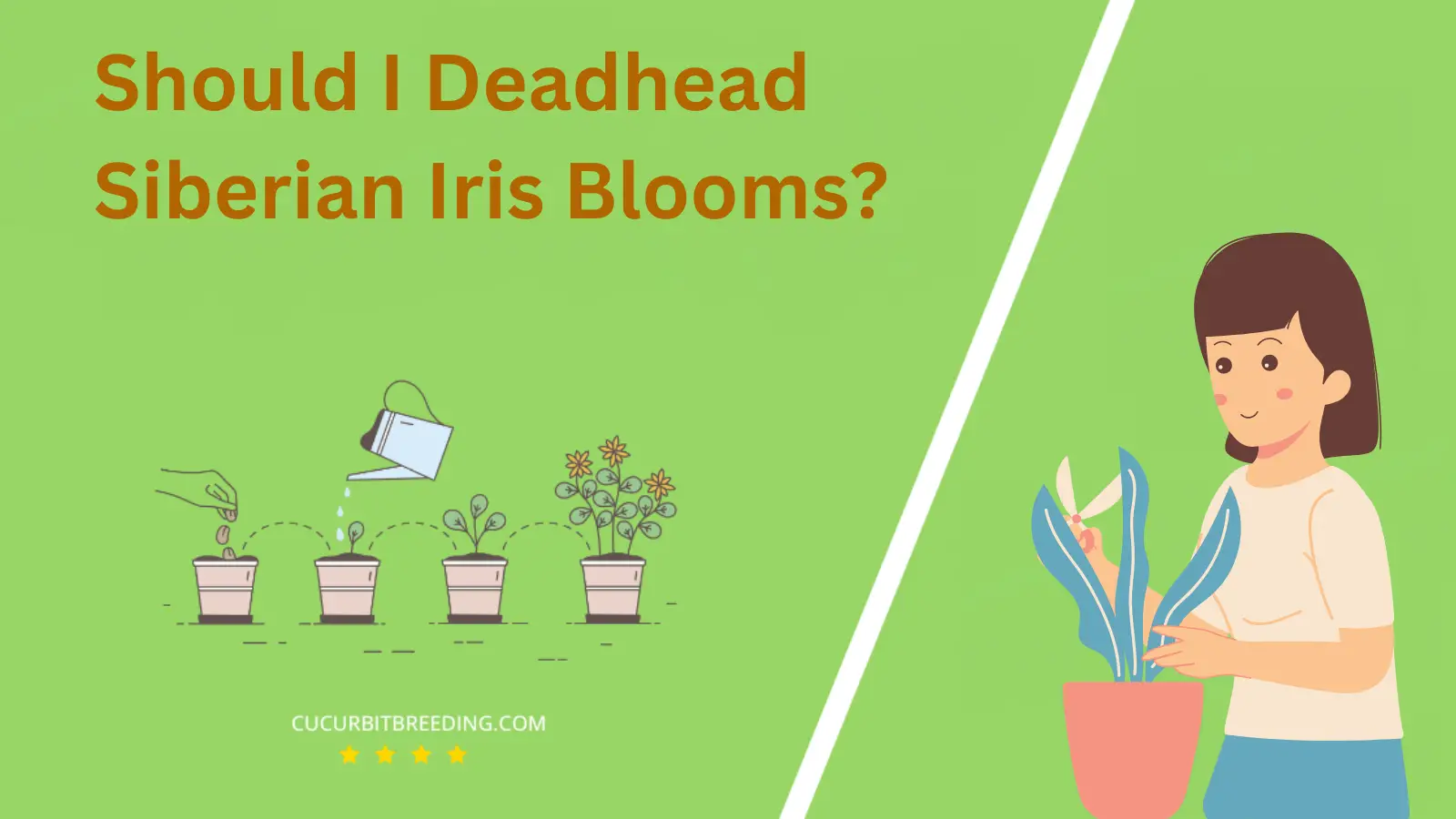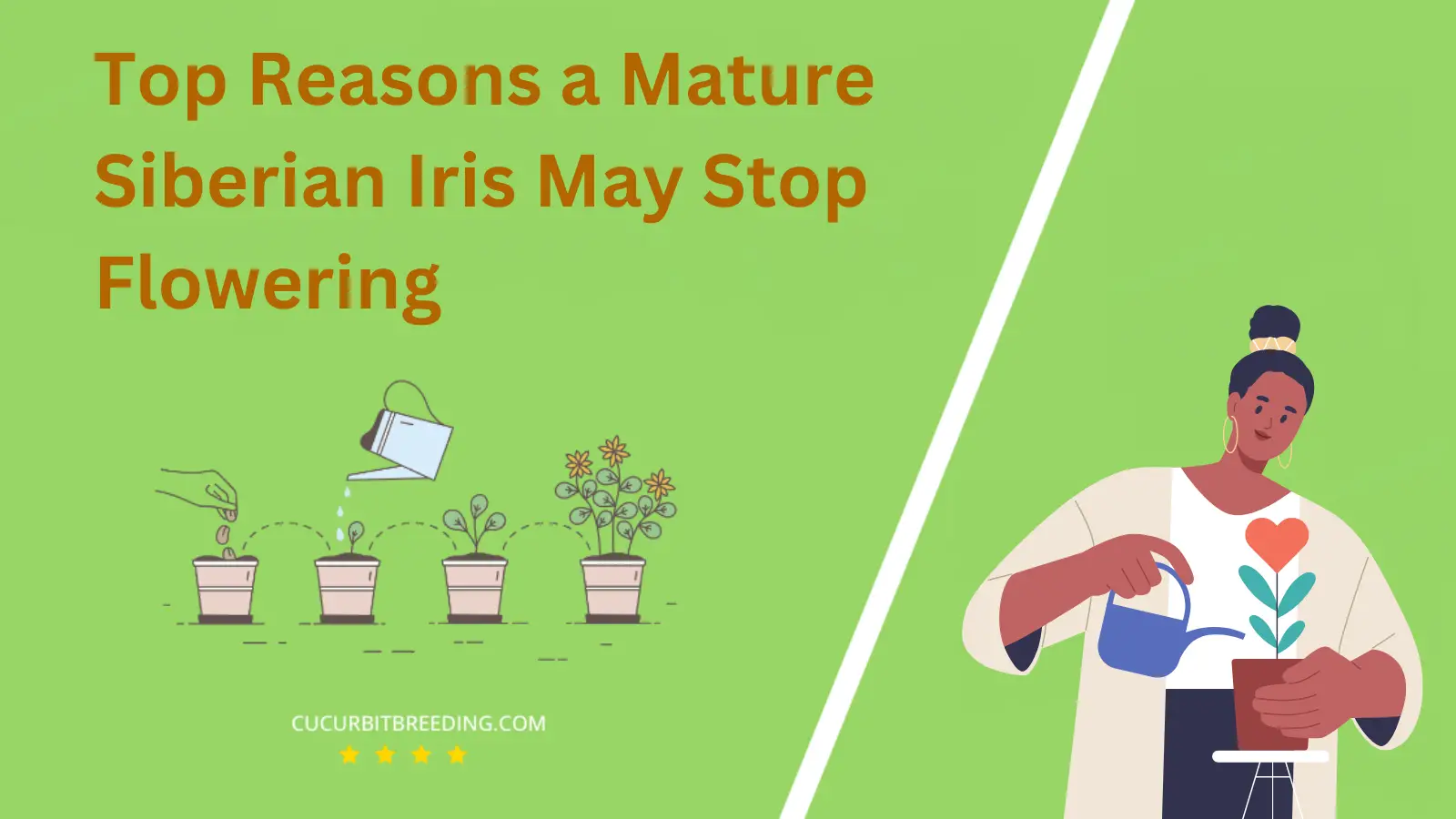
If you’ve ever wondered, “When do Siberian Iris bloom?”, you’re not alone. This captivating flower is admired by many for its vibrant colors and intricate patterns. But its blooming period isn’t always common knowledge.
To appreciate the beauty of the Siberian Iris in its full glory, it’s important to understand their growth cycle. Let’s dive into the world of these fascinating plants.
When Do Siberian Iris Bloom?
Siberian Iris typically begins to bloom in late spring to early summer. However, the exact timing can vary depending on the specific variety and the climate in which they are grown. Generally, you can expect Siberian Iris to bloom between May and June in most regions. It is crucial to note that these plants often require a full year of growth before they will bloom for the first time.
| Stage | Description |
|---|---|
| Germination | Spring (April-May) |
| Growth | Spring (April-May) |
| Blooming | Late spring to early summer (May to June) |
| Dormancy | Winter (December-February) |
How Long Do Siberian Iris Bloom?
Siberian Iris typically bloom for a period of three to six weeks. The blooming period usually occurs in late spring to early summer. However, the exact duration can vary depending on the specific growing conditions and climate of the area.
How Light Affects Siberian Iris Blooms?
Light plays a crucial role in the growth and blooming of Siberian Iris. These plants thrive in full sun to partial shade. However, for optimal blooming, they require at least six hours of direct sunlight each day. In areas with intense heat, some afternoon shade can be beneficial to prevent scorching. Insufficient light can lead to poor blooming and weak growth. Hence, it is important to ensure that Siberian Iris are planted in a location with the right amount of light exposure.
Will Siberian Iris Bloom the First Year You Plant Them?
The Siberian Iris may not bloom in the first year after planting. This is because they often need time to establish their roots and adjust to their new environment. It’s common for these plants to start blooming in their second year or even later. However, with optimal care and conditions, there’s a chance they might bloom in the first year.
Will Siberian Iris Bloom Every Year?
Yes, the Siberian Iris is a perennial plant, meaning it will bloom every year. However, its blooming is dependent on certain conditions. These conditions include adequate sunlight, watering, and proper soil. If these requirements are met, you can expect your Siberian Iris to bloom annually, typically in late spring to early summer.

Should I Deadhead Siberian Iris Blooms?
Yes, you should deadhead Siberian Iris blooms. Deadheading, or removing faded flowers, can help the plant conserve energy and potentially produce more blooms. It also keeps the plant looking tidy. However, be careful not to remove the seed pods if you want the plant to self-seed.
Top Reasons a Mature Siberian Iris May Stop Flowering

A mature Siberian Iris may stop flowering due to several reasons. Firstly, lack of sufficient sunlight. Siberian Irises require full sun to bloom profusely. If they are in a shady spot, the lack of sunlight can hinder their blooming.
Secondly, poor soil conditions. Siberian Irises thrive in well-drained, rich soil. If the soil is too compact, poor in nutrients, or does not drain well, it can lead to a decline in the plant’s health and flowering.
Thirdly, overcrowding. If the plants are too close together, they may compete for resources, which can result in limited blooms. Therefore, it is important to divide the plants every few years to ensure that they have enough space to grow.
Lastly, improper watering. Either too much or too little water can adversely affect the plant’s ability to bloom. Siberian Irises prefer moist soil, but they do not like to be waterlogged. Similarly, if the soil is too dry, it can stress the plant and affect its flowering.